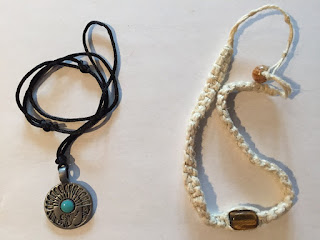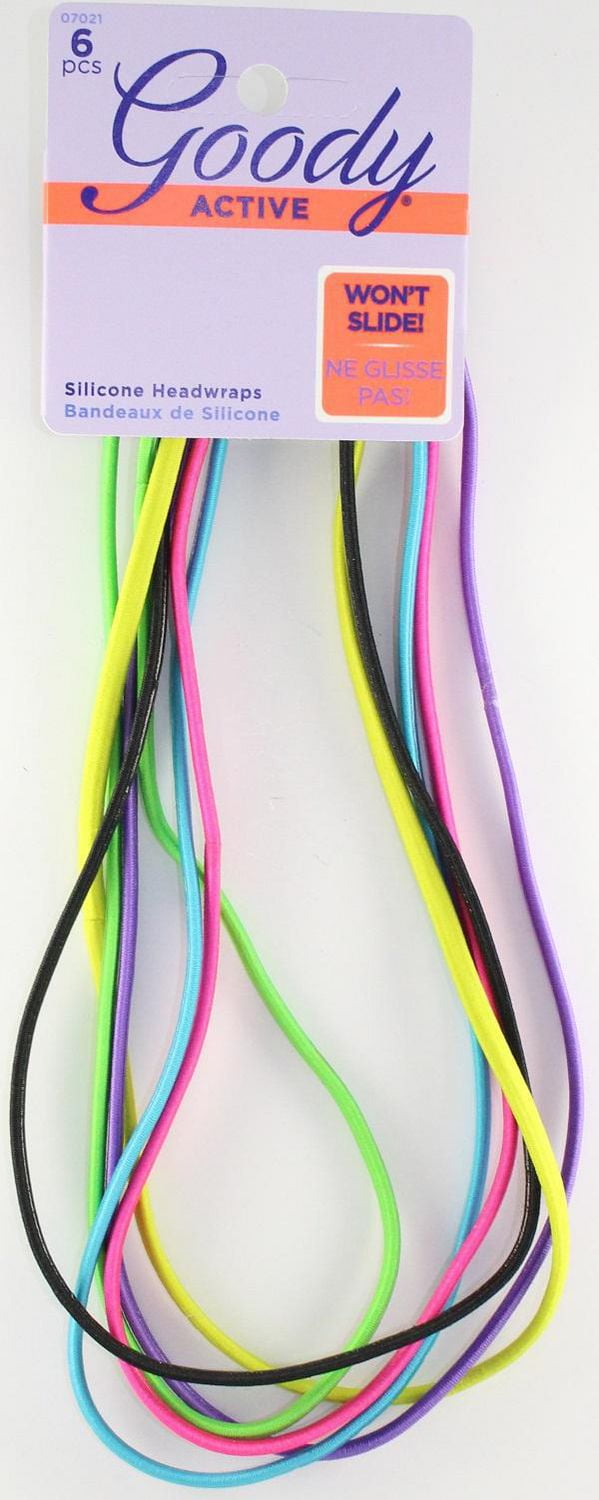Prologue: Get the three kids fed, dressed, and out the door. On Thursdays, I drop Layne (age 6) off at her bus pick-up and then take Owen (age 2) to daycare, while my wife takes Xander (age 3.5) to preschool on her way to teach Grade 8.
 |
| Xander gets a sweet mohawk when he goes to bed with wet hair. |
Period 1: This is my prep and it started by getting involved in some conversation about the failure of the new bridge over the
Nipigon River. One thing led to another, and off on a math tangent we went:
Bill showed me a pic of concrete barriers weighing down the bridge, shared this
article about the bridge with me, and asked what what can you do with this? #WCYDWT It was a fun little discussion, and he told me later that he asked his grade 9s "What if it were students instead of barriers? How many people would they need?" After they solved the problem (2200 based on the average weight they chose) a student argued that it wouldn't work because the people would be require too much space and therefore be spread across the bridge...lot's of potential for fun there.
Back to work. I spent the balance of my prep working on creating the exam for my Grade 11 College English class. Comic books! Okay, a little background first...I've been using Chromebooks with my classes a fair amount this year because they are fantastic, and allow students to leverage the Internet, but with a big screen and a physical keyboard. (the only legitimate complaint I 've had this year is that you can't play Minecraft on them. So my plan is to allow students to write their final exam on the chromebooks if they choose to do so. I'm creating an original exam that won't be easily "googleable." This year we've studied a variety of texts: fiction, non-fiction, short stories newspaper articles, blog posts, TED talks, an audio book/e-book, podcasts, movies, television, and a graphic novel. To align with the themes of survival and crime that we studied, as well as connect to Indigenous culture, I'm using the legend of Windigo as the content for the sight passages. I remember Windigo appearing in comic books with Wolverine , and yeah I totally nerded out with a throwback to my childhood. I'd already found the legend (thanks Denise), and an non-fiction story, but I wanted to include the elements of a graphic story as well. Thanks to Amazon and a little googling I found out that the comic books I remember from my youth (1991 to be specific) are now available online at comixology.com.

Period 2: Grade 9 Applied Mathematics. This is the third year my high school has been running full year grade 9 math and English, while all other courses are sequestered. To accomplish this the students alternate days between English and Math, so as a teacher I get to teach this course to two different groups of students. I'm really enjoying this format because I get teach two sections of a course but with a night in between to reflect and revise. This was my lesson plan and how things went.
This was a really fitting problem for the students work through in this course, and the context is great. Students didn't have enough time in class to finish, so I had asked them to complete it for homework...bad idea, only 1 student had it finished. I think I'll go through it with the class as part of our mid-term review next week.
This was the third graphing story that we've used, and the kids are engaged. I showed the clip once (pausing before the answer was revealed), had the students label and scale the y-axis, then played it again for them before asking them to sketch their prediction. After a couple minutes I played it again (pause), and then circulated around the class to see what they've come up with. I then asked a student to come up and sketch their graph on the SMARTBoard, because they had drawn a really good graph. Then we watched the answer to see how their graph compared. This led to some really good observations that the answer is flawed...I loved it.
"The hill can't be that high."
"It drops too quickly."
"He wasn't at the bottom yet."
To wrap it up I have them use a coloured pencil to add the "correct" answer to their graph before returning their starter folders to the bin.
To make my midterm review more interactive I decided to play this with my class. Check it out, it's like Kahoot for math, but I like the scoring better since it values being correct, and submitting an answer way more than just being fast. We played the first round together using their phones, ipods, and the set of 5 Chromebooks I have to use with my class. After each question I would quickly break down the answer on the board, with the students providing me direction. As we progressed it was great to hear the students realize they got it wrong even before we revealed the answer, just by reflecting on what they had chosen. It also felt really good when everyone answered a question correctly. However, when we only progress one question at a time as a group, fast responders can start to get restless waiting...so before we started the second round I gave them this prompt.
For the second round the kids stayed engaged, and they tried out the "upload solution" feature by taking selfies, choosing something from their camera roll, or grabbing a pic off the internet (yeah, John Cena made an appearance). One of my students had uploaded cow pics, and when I asked her about them after class I learned a lot more about the student's interests. For this quiz the uploading wasn't about the math, it was about them learning to better use Knowledgehook, staying engaged, and for me to learn more about them.
D: When done: Continue working on 2016 Problem
We never did get to this, but they have it in their starter folders to work on if they finish early. They have until February 1st to continue working on this problem from the Math Forum. I really like this problem because it is so open, and it really gets them to play with the math.
Lunch: I usually spend lunch in my class working on stuff, but today I ended up visiting with an EA for a good chunk of the hour. I was helping her with solving systems of equations, and then we ended up talking about student apathy, travel plans, PA days, and more.
Period 3: Grade 11 College English. Students were working on their culminating activites (autobiographies) after we did a little bit of exam review, and had our comfy seat draw. I'll have to write about our comfy seat draw story in another post once we are finished. I'm loving the bookable class set of Chromebooks we have to use for these kinds of wrting actiivites. They're light, fast to boot up
, and when combined with Google
Apps For Education they're powerful, yet easy to use. Towards the end of class I was discussing their upcoming "20 Time TED Talks" with a student, and they told me that "they didn't really know anyone." This hurt. :'( It really hit me that I failed to create a classroom community for these students, and this is something I NEED to work on with my classes.
Period 4: Grade 12 Workplace Mathematics. Students were working on part #2 of their culminating activity which is to renovate our classroom. The task required them to figure out how many gallons of paint are needed to repaint the walls, how much carpet is needed to redo the flooring, convert their paint calculations into square meters, convert their flooring calculations into square yards, and then calculate the total costs for the products they chose. One student asked about a worksheet with measurement information that I hadn't returned yet (area of growth for me), so I reminded them that we have the world at our fingertips with smartphones and Chromebooks, and we should use them as tools to help us with these types of problems. It was great fun to watch them up and out of their desks, exploring the room, struggling with tape measures, helping each other, and struggling with the task. It was challenging, since our classroom is like a rectangular prism, but with a corner cut out, and a beam that separates two different ceiling heights. We did manage to break one tape measure, but so far that's our only casualty. On the downside, I've really struggled with a couple students motivation in the class, which was once again evidenced when they submitted the following as their grocery list. The task was to plan a meal for 15 people with a budget of $40, and this is what they came up with:

Epilogue: After school I went home to meet my daughter and get her ready for swimming lessons. On the way to the pool I grabbed "Tim's" (coffee) for my wife and I to enjoy for a 20 minute visit while we watched her swim. Then time to pick up the boys, go home, start supper, play trains downstairs. After Layne and my wife get home we have dinner, cleanup, playtime, baths, and then some screen time for the kids. I played Redball 4 on the tablet with Xander while Layne was texting her Grampa to make plans for the weekend. (She uses my wife's old iPhone 4, no SIM card, just wi-fi). Then after we've got the kids get tucked into bed for the night, I head back to school to finish up my English exam, and plan for the next day. Once I'm finished I head home, have a snack, proof my exam with fresh eyes, read some tweets, and then call it a night.





 *actual colours used are different than those illustrated.
*actual colours used are different than those illustrated.












